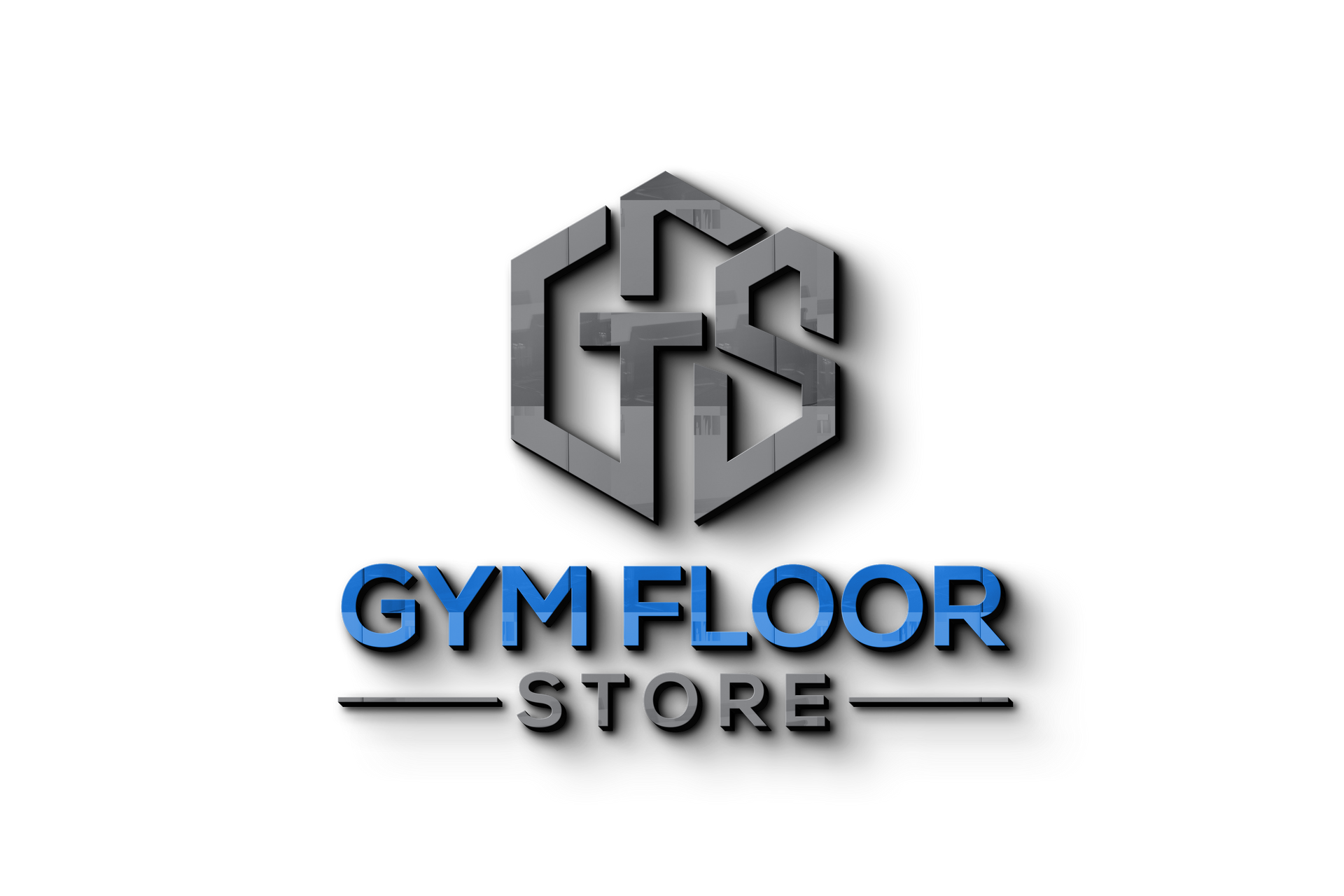Gym Flooring for Enhanced Comfort: Workout Experience
Optimize Your Workout Experience with Shock Absorption and Joint Protection
Comfortable gym flooring transforms the way you train by combining cushioning, shock absorption, and ergonomic surface design to reduce joint stress and improve exercise quality. This guide explains how gym flooring delivers measurable benefits — from force reduction during landings to anti-fatigue effects that sustain standing performance — and shows which materials, constructions, and thicknesses matter most for specific workouts. Many exercisers underestimate how surface choice affects injury risk, endurance, and noise; the right flooring balances energy return with damping to protect knees, hips, and lower back while preserving exercise stability. You will learn why comfortable gym flooring is essential, which technical features drive comfort, how Pavigym Comfortgym achieves ergonomic performance, and practical selection, installation, and maintenance strategies for home and commercial settings. The article integrates comparative tables, actionable lists, and product-focused guidance so you can match material, thickness, and installation method to your workout needs and environment while understanding trade-offs like durability and acoustic performance.
Why Is Comfortable Gym Flooring Essential for Your Workout Experience?
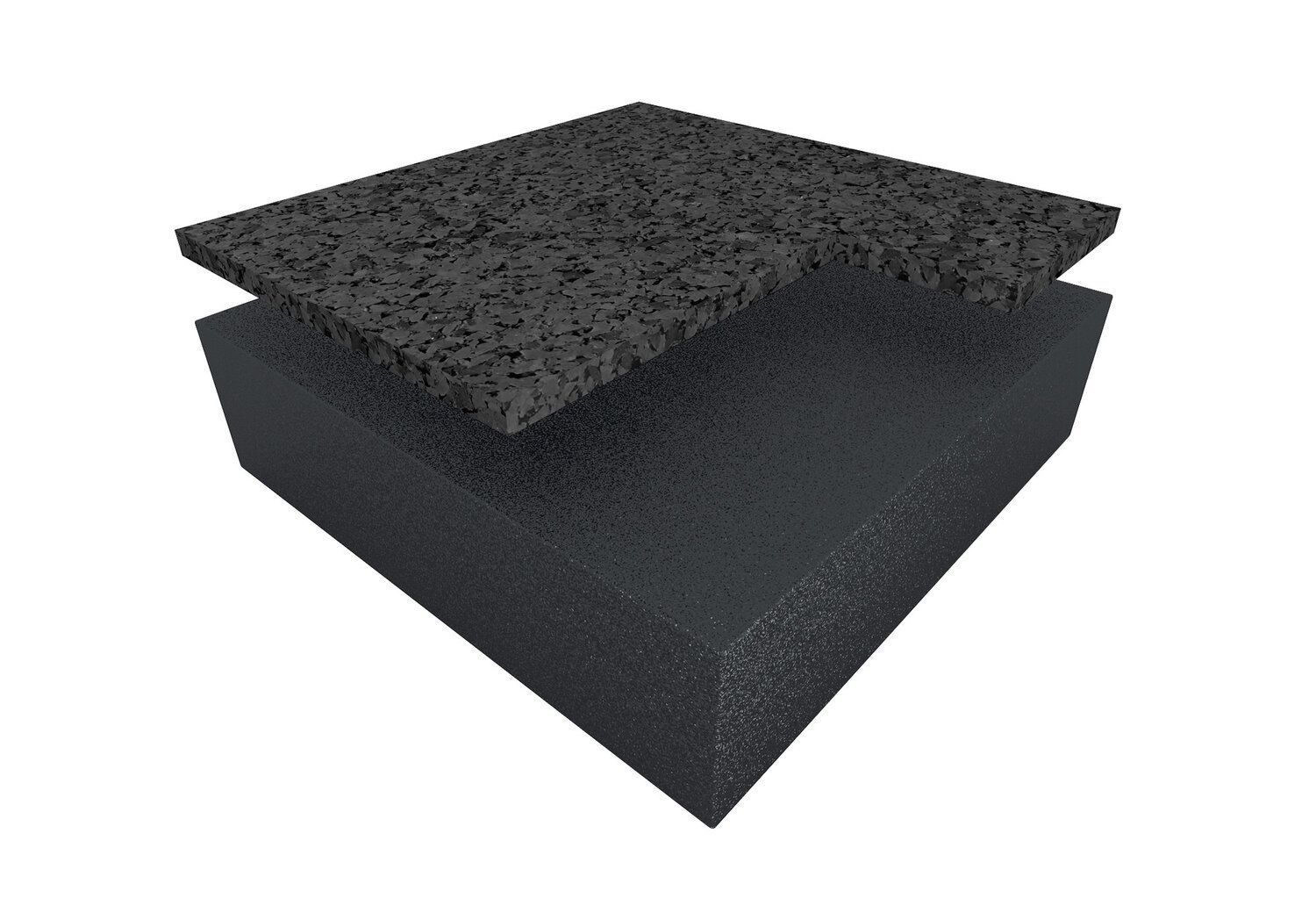
Comfortable gym flooring is the engineered foundation that reduces impact forces, lessens muscle fatigue, and controls noise to improve safety and performance during exercise. High-quality surfaces work by attenuating peak loads, providing controlled deformation to spread forces over time, and offering anti-fatigue response that eases prolonged standing and repetitive movement. These mechanisms combine to lower acute injury risk and reduce cumulative joint stress that contributes to chronic pain, allowing users to train more consistently and with better technique. Understanding these benefits helps you prioritise features like shock absorption, anti-fatigue properties, and acoustic damping when choosing flooring for a given activity or space.
How Does Gym Flooring Protect Your Joints and Prevent Injuries?

Gym flooring protects joints by attenuating impact forces and reducing peak loads transmitted through the knees, hips, and spine during activities such as jumping, plyometrics, and heavy lifting. Force reduction is measured in percentage terms and is achieved through dense elastomers and layered constructions that increase contact time and distribute load, which lowers peak knee force and diminishes instantaneous stress on cartilage and ligaments. For example, a surface that delivers 20–30% force reduction can markedly lower the acute impulse experienced in landing mechanics, improving safety during repetitive high-impact movements. Translating these metrics into practice helps athletes select appropriate thickness and material for their high-impact activities and reduces the likelihood of overuse injuries over time.
Rubber flooring, with its exceptional shock absorption, anti-slip properties, and antimicrobial properties, is widely used in sports venues. This review categorized four kinds of sports flooring and their performance metrics, focusing on aspects relevant to athletic performance and safety.
What Role Does Anti-Fatigue Flooring Play in Enhancing Endurance?
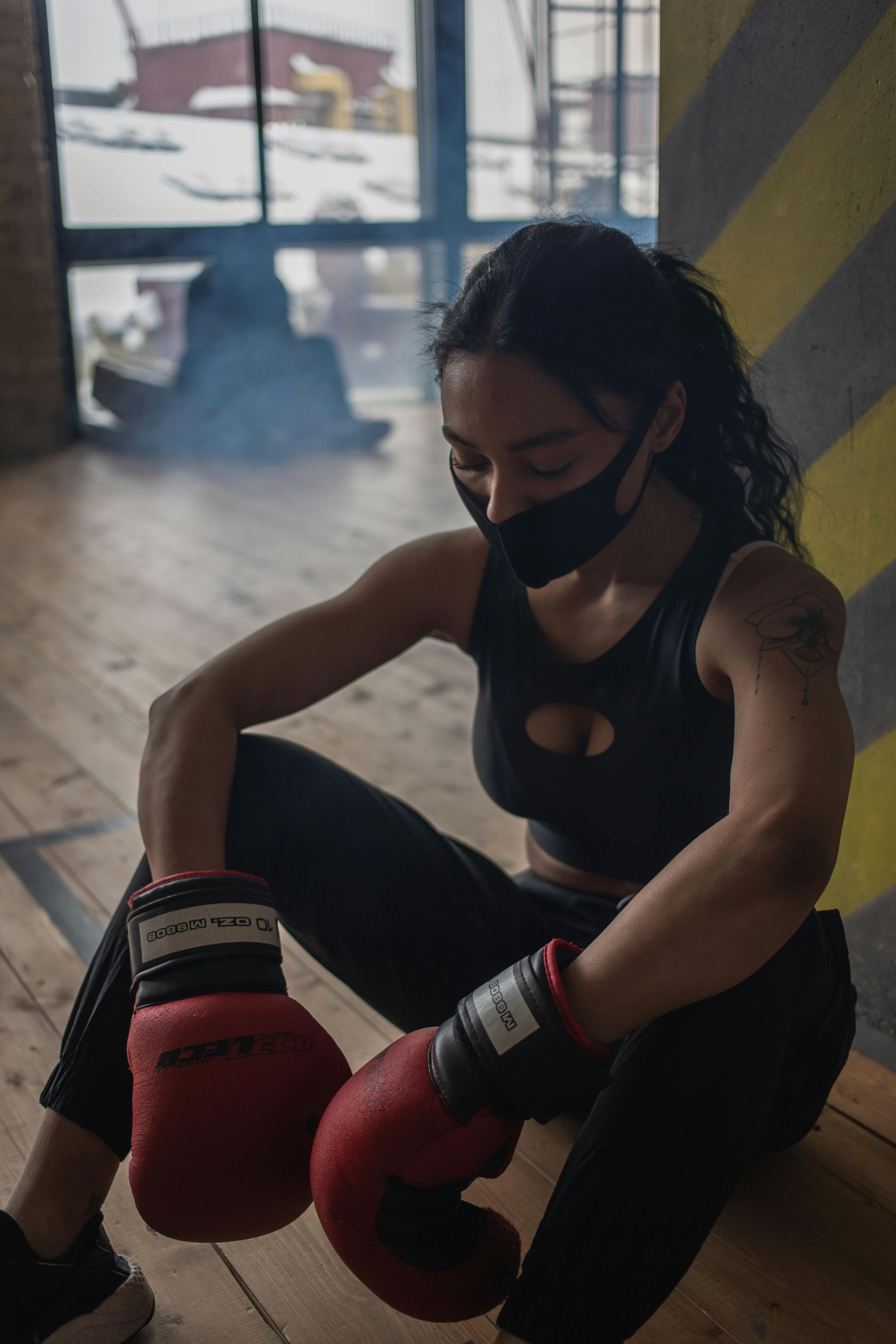
Anti-fatigue gym flooring improves endurance by encouraging micro-movements in the feet and lower limbs that promote circulation and reduce static muscle tension during standing or prolonged class sessions. Softer, resilient surfaces stimulate slight postural adjustments that activate smaller stabilising muscles, reducing perceived effort and delaying the onset of local fatigue in the calves, feet, and lower back. This effect is particularly beneficial in cardio zones, group fitness studios, and stretching areas where participants spend longer periods on their feet. Choosing an anti-fatigue surface for these zones supports longer, higher-quality sessions and faster recovery between classes or intervals.
How Does Noise-Reducing Gym Flooring Create a Better Workout Environment?
Noise-reducing gym flooring improves the workout environment by absorbing impact noise and limiting vibration transmission to building structures, which enhances member focus and neighbourly relations in multi-storey facilities. Acoustic performance is usually reported as decibel reduction for impact events; dense rubber tiles with acoustic backing can reduce impact noise by noticeable levels compared with hard surfaces, helping quieter recovery and more comfortable group classes. Effective noise control matters for residential installations, above-ground studios, and high-density commercial gyms where dropped weights and high-impact classes create disturbances. Selecting flooring with integrated acoustic layers or adding underlayment can significantly reduce airborne and structure-borne noise for a calmer, more focused space.
What Are the Key Features of Gym Flooring That Enhance Comfort?
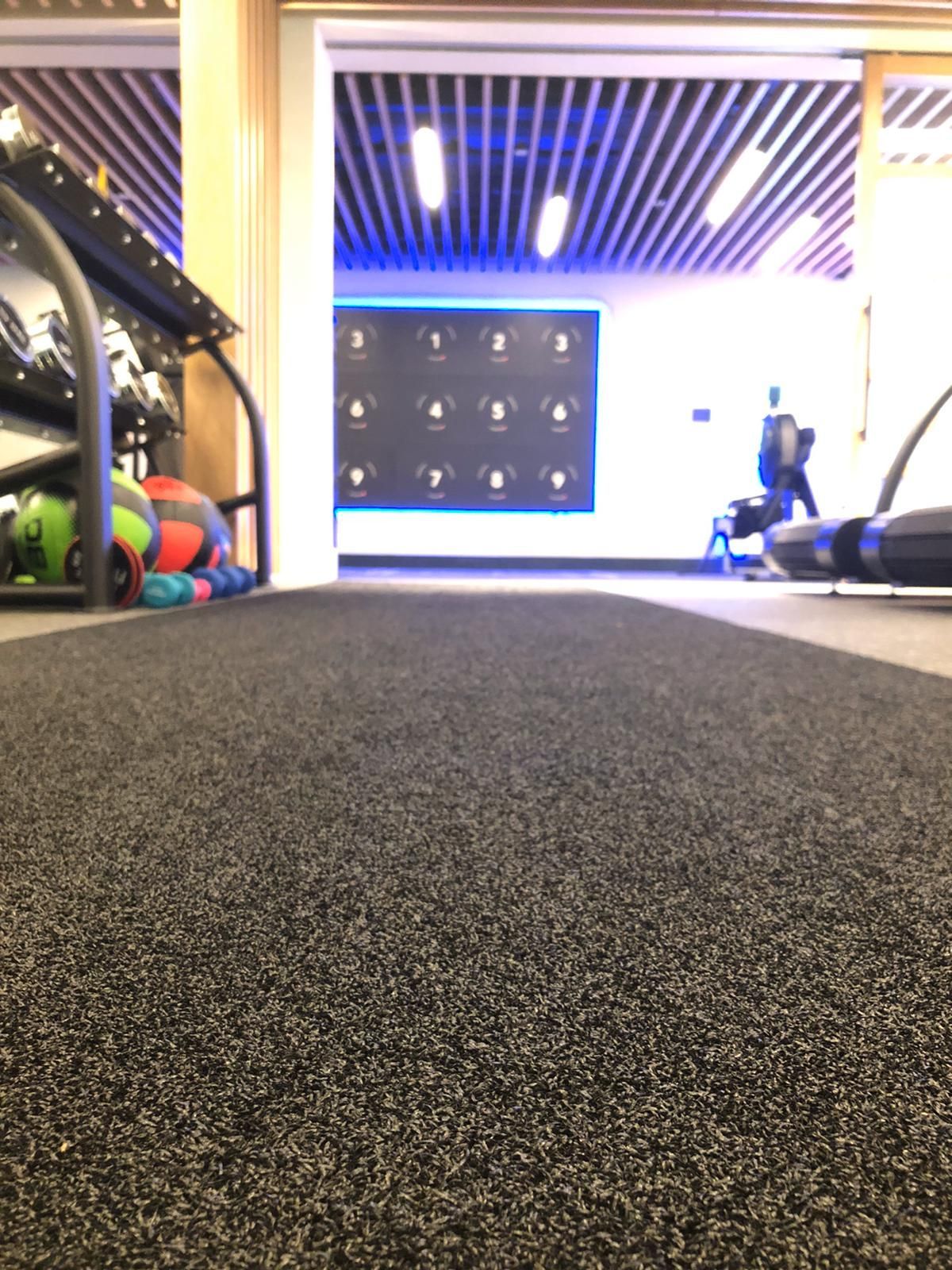
Comfort in gym flooring is driven by a combination of material choice, density, layered construction, and surface texture that together determine shock absorption, anti-fatigue behaviour, and acoustic damping. Materials such as virgin rubber, high-density recycled blends, vinyl sports floors, and artificial turf each offer different trade-offs in cushioning, durability, and maintenance, while thickness and underlayment adjust energy return versus damping. Knowing how these features interact helps you choose flooring that supports joint protection, reduces fatigue, and controls noise without sacrificing stability for dynamic training. The following comparative maps common material types to their core comfort attributes and recommended thicknesses for typical uses.
- Virgin rubber tiles - High shock absorption, strong anti-fatigue, good acoustic damping, very durable
- Rubber rolls - Uniform cushioning, excellent for large areas, strong durability, good noise control
- Vinyl sports flooring - Moderate cushioning,low anti-fatigue, lower acoustic performance,easy clean
- Artificial turf - Low shock for jumps unless backed; good for agility Moderate durability; limited noise control
- Foam-backed rubber tiles - Better anti-fatigue; less damage resistance Improved impact noise reduction; moderate wear
The above clarifies which materials excel at comfort attributes and where trade-offs exist between cushioning and long-term wear, helping you prioritise options for specific activity zones.
Gym floors achieve comfort through measurable features:
1. Shock-absorbing core: A dense elastomer layer that attenuates peak forces during impact.
2. Surface wear layer: A resilient top layer that resists abrasion and maintains tactile feel.
3. Acoustic backing or underlayment: Materials that decouple impact noise from building structure.
4. Interlocking or bonded edges: Joining systems that preserve uniform performance across the floor.
These components combine to create an ergonomic surface that balances performance, safety, and lifecycle expectations for both home and commercial settings.
How Does Shock Absorption Technology Work in Gym Flooring?
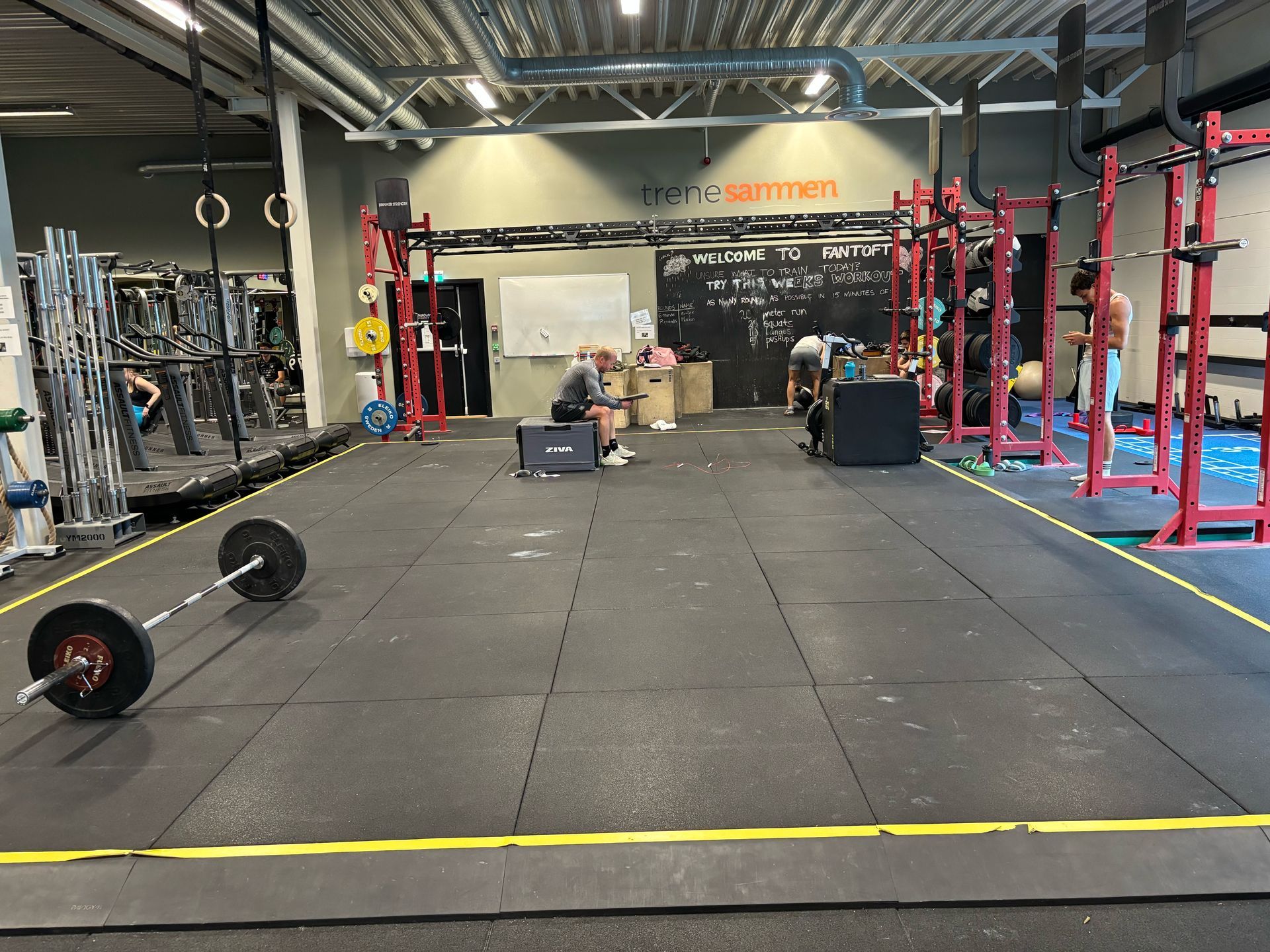
Shock absorption technology in gym flooring uses material density, cellular structure, and layered designs to convert sudden impact impulses into distributed energy, reducing peak loads on the body. Force reduction is quantified with measurable metrics — for example, percentage force reduction or critical fall height — that describe how much impact is mitigated compared with a rigid surface. Dense virgin rubber and engineered layered constructions increase contact time and spread force across a larger area, which lowers instantaneous stress on joints during activities such as drop jumps and heavy landings. Understanding these measurement concepts helps you choose a floor profile that matches the loading patterns of your workouts.
Why Choose Virgin Rubber Over Recycled Rubber for Comfortable Flooring?
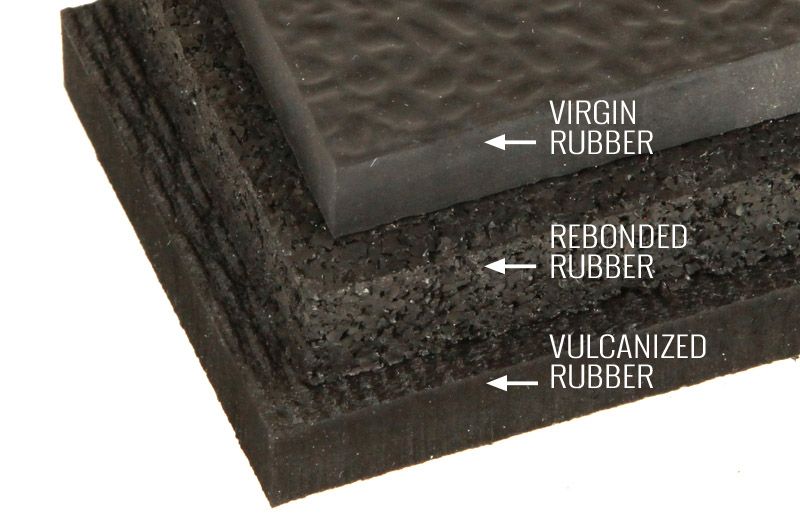
Virgin rubber offers more consistent resilience and rebound characteristics than some recycled blends, which can translate into superior long-term cushioning and predictable anti-fatigue performance. Virgin compounds avoid variable filler content found in some recycled materials, helping preserve energy return and shock-absorbing behaviour over time; this makes virgin rubber attractive for ergonomic-focused installations. The trade-offs include higher initial cost and sustainability considerations, so the best choice balances budget, desired comfort, and lifecycle expectations. Many premium performance ranges emphasise virgin rubber for its resilience and consistent support across high-traffic commercial zones.
